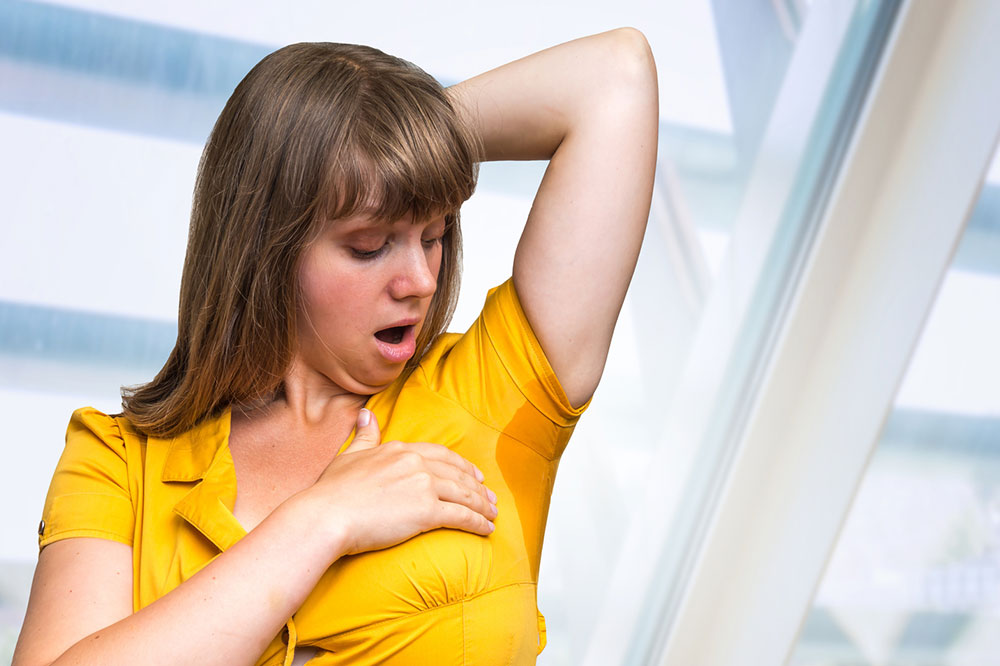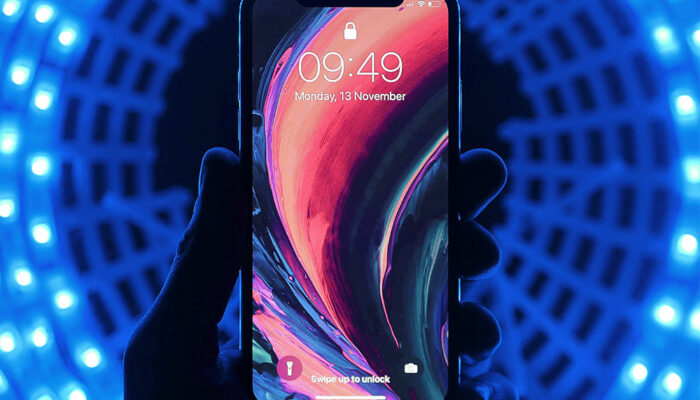
Signs, Symptoms and Treatments for Hyperhidrosis
When your excessive sweating habit has no underlying medical cause, it’s known as primary hyperhidrosis. In this condition, your sweat glands are overactive and cause perspiration without any reason, even in cool climate. And when this excessive perspiration is associated with a medical condition, it’s called secondary hyperhidrosis in medical terms. Though the signs of heavy sweating are harmless, they can be exceptionally embarrassing, and can disrupt the patient’s daily routine. Read on to know the signs, symptoms, causes, and treatments of heavy sweating.
Signs and symptoms of hyperhidrosis
- Clammy or wet palms and feet
- Noticeable soaking that demands a change of clothing
- Fungal and bacteria skin infections
Signs of mental and emotional distress due to hyperhidrosis include the following:
- Self-consciousness and socially withdrawn from every opportunity
- One always carries an extra set of clothes. Many people even prefer a change of clothes after reaching their workplace
- Some avoid interaction with people to an extent that they prefer working from home or take up jobs that involves no human interaction at all
- One constantly worries about their body odour
- Sometimes, people wear pads under the armpit and always prefer wearing dark colored clothes to hide the sweat stains
- A noted difficulty in turning door knobs, using pens, and a hesitance to touch someone else’s laptop, keypad, or mouse
While primary hyperhidrosis is claimed to be inherited by some studies and shows signs and symptoms at an early age, secondary hyperhidrosis is triggered by one or multiple medical conditions and, generally, is first diagnosed in adulthood.
Secondary hyperhidrosis is linked with many medical conditions, such as the ones given below :
- Spinal cord injuries
- Thyroid disorders
- Heart disease
- Lung disease
- Menopause
- Diabetic hypoglycemia
- Endocarditis
- Leukemia
- Gout
- Pregnancy
- Hodgkin’s disease and other cancer types
- Menopause
- Obesity
- Parkinson’s disease
- Anxiety
- HIV
- Tuberculosis
- Malaria
- Shingles
Excess sweating can also be brought about as a side-effect of certain medications.
There are many remedies that hyperhidrosis patients adapt in their daily routine, some of which include wearing loose natural fabrics and avoiding synthetic clothing entirely, plugging the sweat glands with antiperspirant sprays or roll-ons, choosing open shoes to prevent the toes from becoming sweaty, which could lead to toenail infections, and using armpit shield to prevent stains from the excessive sweat.
When natural remedies don’t work or one is looking for a long-term solution, there are medical treatments that can help relieve the signs and symptoms of heavy sweating. These are as follows.
- Iontophoresis
This process involves a pain-free electric current therapy carried out in a bowl of water - Botox ® shots
These shots block the sweat glands; however, there may be a series of injections required before you see any progress - Anticholinergic drugs
These drugs prevent the transmission of nerve impulses to the sweat glands, and this method could take about two weeks to show results - ETS (Endoscopic thoracic sympathectomy)
This hyperhidrosis treatment is recommended by doctors only if you have severe symptoms and no other treatment has worked for you. The method involves cutting the nerves that carry signals to sweat glands.



